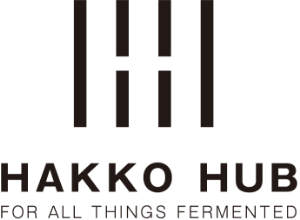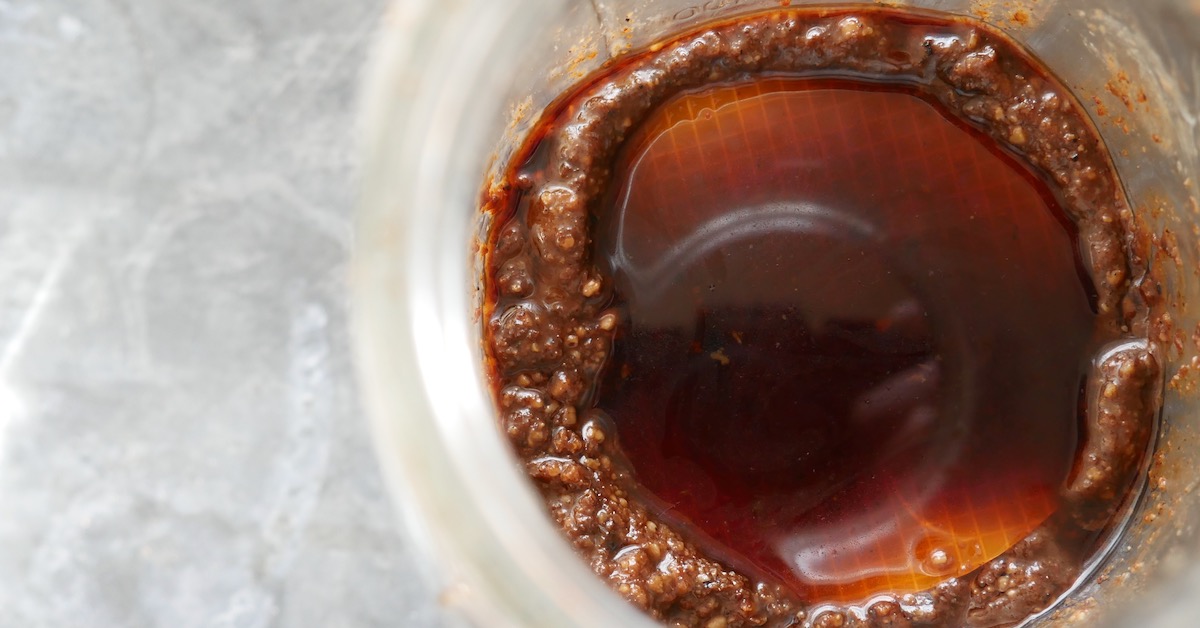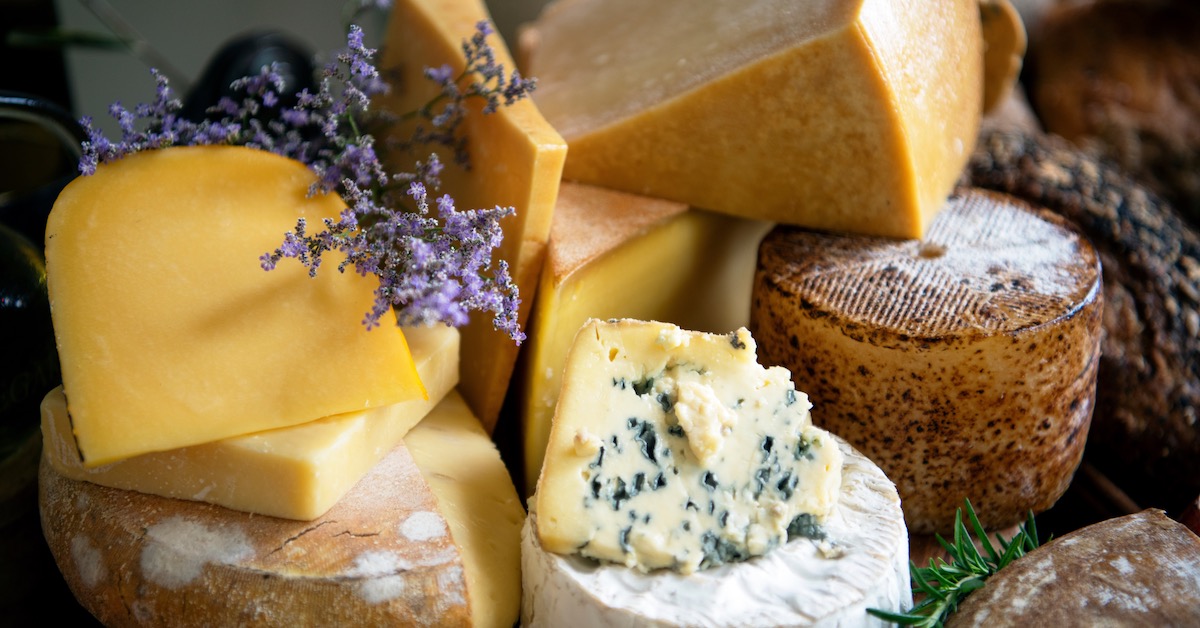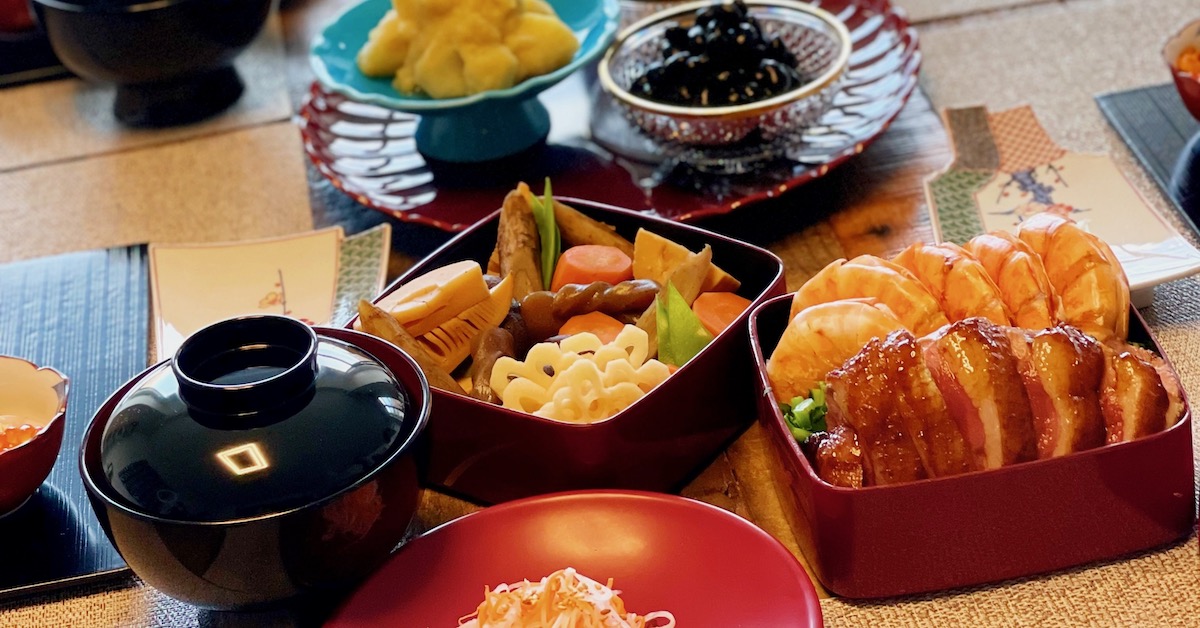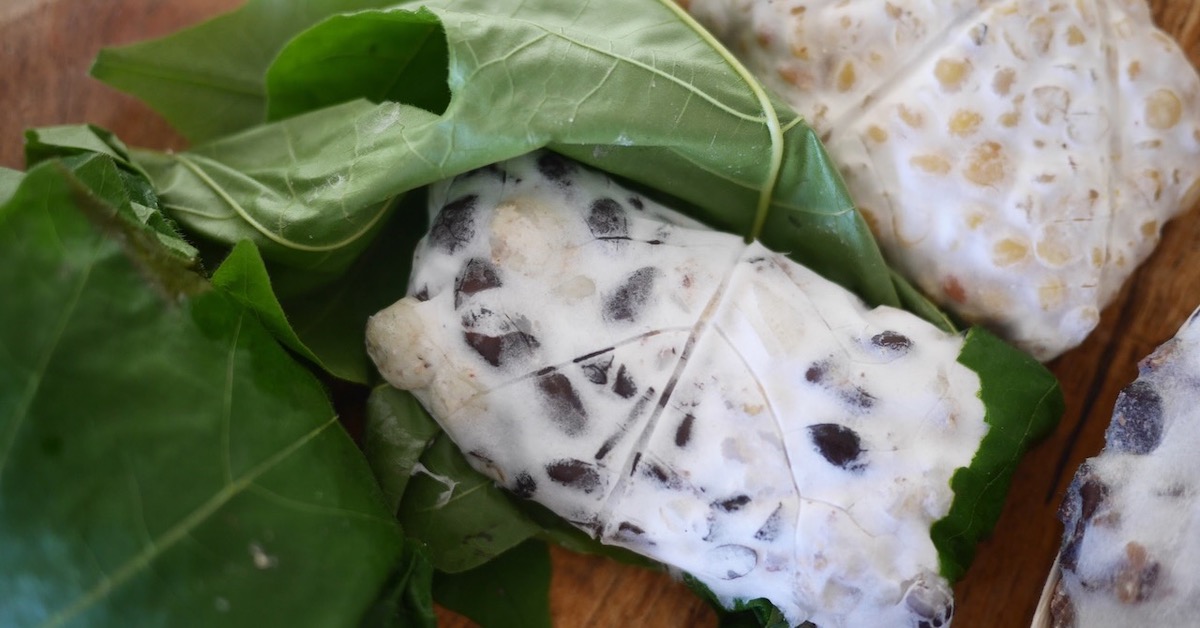Hakko
Collection of our informative articles
Hakko means fermentation in Japanese.
Please find our wide collection of interesting and informative articles on Hakko curated by our wonderful contributors.
Latest Articles
Combat Food Waste With Fermentation
Food waste is a huge issue that many individuals in their homes or businesses are trying to tackle, and our survival depends on it. Enter fermentation. Fermentation plays numerous roles in tackling food waste. It is a cost-effective, natural, safe, delicious, and nourishing way to give life to food waste.
May 22, 2023 •Kirsten K Shockey
Cheese and Your Health: The Impact of Fermentation, Type, and Production Method
Cheese can be a healthy addition to a balanced and varied diet, as long as it's consumed in moderation and made from high-quality, natural ingredients. Whether you prefer hard or soft cheese, or opt for grass-fed, grass-finished cheese, the health benefits of cheese and fermented dairy products are undeniable.
Apr 13, 2023 •Tateki Matsuda
Are Fermented Processed Meats Better For You?
One of the main benefits of fermented meat is its increased nutritional content. During fermentation, the meat is exposed to beneficial bacteria that help break down and digest the food. This process makes the meat more easily digestible and increases the concentration of vitamins and minerals, such as B vitamins and iron.
Mar 12, 2023 •Tateki Matsuda
How Fermentation Works to Preserve Food and Punch Up Flavors
In the manufacturing process of fermented foods, amino acids are released in the process of decomposing proteins contained in foodstuffs in order for microorganisms to secure their own nutrients, resulting in unique flavors. The mixture of amino acids produced by aging proteins generally gives off a sense of umami. Umami and sweetness enhance the taste of food, and sourness and bitterness also contribute to richness and flavor.
Feb 26, 2023 •Takashi Sato
Eat “Cultural Heritage.” Osechi Japanese New Year’s Food
January is the beginning of the year when we come into contact with traditional events and Japanese food such as osechi cuisine and nanakusa-gayu (rice porridge with seven herbs). It would be a great idea to consciously incorporate Japanese food, fermented foods, and lactic acid bacteria into your diet to stay healthy this year.
Jan 29, 2023 •Tateki Matsuda
What is Tempeh?
All the experts seem to agree that tempeh originated on the island of Java, one of over a thousand islands in the Indonesian archipelago. How it began is less clear, but we can assume that it likely grew out of either trade or war with a ferment-loving neighbor like China or Japan.
Jan 14, 2023 •Kirsten K Shockey
Tasting Session: How to Spread Japanese Fermented Foods to the World?
Last October, American food professionals visited fermented food producers to deepen their knowledge of Japanese fermentation culture during the “Hakko Tourism in Japan” tour campaign. As part of the tour, organizers held a tasting sessions where guests gave candid advice from the perspective of the American market to food product manufacturers looking to enter the United States market.
Jan 14, 2023 •Saki Kimura
Unfermented Soy vs. Fermented Soy
Soy is a plant-based protein that is high in fiber and low in saturated fat. As interest in plant-based diets increases, we need to have a working knowledge of soy and its potential benefits and risks.
Dec 17, 2022 •Tateki Matsuda
Hokuriku Fermentation Tourism by Fermentation Designer Hiraku Ogura – Making “Black Squid”
Kurozukuri is a locally popular side dish that this writer found at a restaurant in Toyama by chance, but there are surprisingly few places that make it. Nevertheless, Kyokichi takes the dish’s roots seriously, and works tirelessly to keep the tradition alive.
Dec 17, 2022 •Hiraku Ogura
Natures Medicine: Japanese Drinkable IV “Amazake”
Japanese people have enjoyed amazake for more than a thousand years, and amazake is a traditional Japanese fermented beverage that has been gaining attention recently for its beauty and health benefits.
Nov 7, 2022 •Tateki Matsuda
